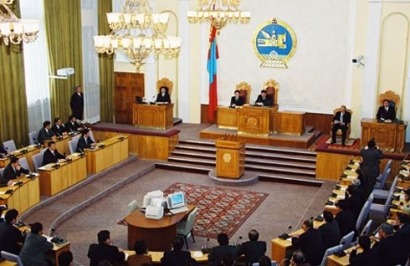
"Renewables Readiness Assessment: Mongolia," prepared jointly by IRENA in cooperation with the Ministry of Energy of Mongolia, finds that electricity output from the country’s solar and wind resources alone could reach 15,000 terawatt-hours per year, the equivalent of more than 18 million tonnes of avoided coal.
The National Renewable Energy Center estimates that Mongolia’s total renewable energy potential is 2.6 terawatts, a potentially huge resource base for electricity production and export. In the decades ahead, these could draw on the vast solar and wind potential of Mongolia’s Gobi Desert.
“Mongolia has firmly underlined its commitment to green growth, particularly in support of the international effort to mitigate climate change,” said IRENA Director-General Adnan Z. Amin. “With abundant solar, wind and hydropower resources, the country possesses the domestic assets needed to develop sustainably, benefitting its economy, its people and the environment.”
Today, seven per cent of installed power-generation capacity in Mongolia comes from renewables, mostly hydropower. But a policy currently in front of Parliament could boost the share of renewables in the energy mix to 20 per cent by 2023 and 30 per cent by 2030. Parliament has also recently adopted broad measures aimed at future sustainability including the Green Development Policy and the Law on Energy Conservation and Efficiency.
“This new legislation enables Mongolia to provide energy security and reliability, improve energy efficiency, pursue public-private partnerships and create a market-oriented framework for the sector,” said H.E. Zorigt Dashzevag, Mongolia's minister of energy.
For additional information:

